Back to Action: How to Resume Training Without Hurting Yourself
Taking a break from training, whether due to injury, illness, or life’s demands, can feel like a setback. However, returning to your routine doesn’t have to be intimidating or risky. By adopting a strategic approach, you can ease back into exercise while minimizing the risk of injury and maximizing long-term gains.
- Assess Your Current Fitness Level
Before diving back into your training, take an honest look at where you stand physically. Factors such as your previous fitness level, the length of your break, and any injuries or health changes should guide your return.
- Injury Recovery: If your break was due to an injury, consult your healthcare provider to ensure you’re ready to resume exercise.
- Start Slow: Assume your fitness level has decreased slightly and begin at a lower intensity than before.
- Set Realistic Goals
Define what you hope to achieve with your training. Whether it’s building strength, improving endurance, or shedding extra pounds, set specific and attainable goals.
- Short-Term Goals: Focus on regaining consistency and improving mobility.
- Long-Term Goals: Gradually build towards your previous performance levels or new milestones.
- Begin with the Basics
Re-establish a strong foundation before pushing your limits. This includes:
- Warm-Up and Cool-Down: Spend 5-10 minutes warming up before and cooling down after each session.
- Core and Stability Exercises: Strengthen your core muscles to improve balance and support other movements.
- Focus on Form: Perfect your technique to prevent injuries.
- Follow the 10% Rule
Increase your training volume or intensity by no more than 10% per week. This gradual approach helps your body adapt and reduces the risk of overtraining or injury.
- Monitor Progress: Keep track of your workouts to ensure you’re progressing at a sustainable pace.
- Listen to Your Body: If you experience pain or fatigue, take an extra day to rest.
- Prioritize Recovery
Recovery is as essential as the training itself. Without adequate rest, you risk burnout and injuries.
- Get Enough Sleep: Aim for 7-9 hours per night to support muscle repair and energy replenishment.
- Hydrate and Fuel Properly: Drink plenty of water and eat a balanced diet rich in protein, healthy fats, and carbohydrates.
- Incorporate Active Recovery: Include activities like yoga, stretching, or walking on rest days.
- Consider Cross-Training
Mixing up your routine can prevent overuse injuries and keep workouts engaging. For example:
- Strength Training: Add weightlifting to complement cardiovascular workouts.
- Low-Impact Cardio: Swimming or cycling can help build endurance without stressing your joints.
- Seek Professional Guidance
If you’re unsure how to structure your return to training, consider working with a fitness professional. Personal trainers or physical therapists can create a tailored plan that aligns with your goals and current fitness level.
- Stay Patient and Positive
Progress takes time. Celebrate small victories along the way and focus on consistency rather than perfection. The journey back to fitness is an opportunity to build habits that support long-term health and wellness.
To learn more, check out this summary from Prime Health.
By starting slow, listening to your body, and emphasizing recovery, you can safely regain your fitness and set the stage for future success. Remember, it’s not about how quickly you return but how sustainably you can maintain your progress.
Enhance your bone health and safeguard against osteoporosis by incorporating the Calcium Complex supplement from Asher Longevity Institute. This exceptional supplement is designed to fortify your bones and ensure their strength and durability.




